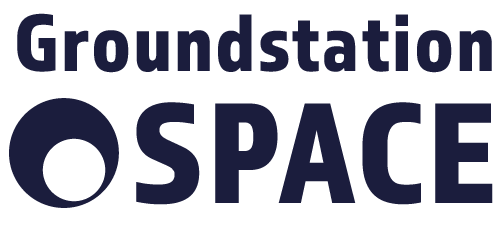Closing data extended ESA Decommissioning of Energy Assets

Windpark Amalia. Foto: Mischa Keijser / RVO
The decommissioning of energy assets is a relevant issue worldwide.
Two main types of assets are targeted by ESA through this funding opportunity: offshore oil & gas platforms and wind farms.
The decommissioning of oil and gas platforms involves activities such as removal of underwater structures and topside platforms; these activities have to be handled carefully in order to minimize environmental impact. Oil and gas decommissioning activities are ramping up worldwide, due to installations developed from the 1970s onward reaching their end of life.
The wind farm decommissioning market is emerging, because assets installed in the 90s and early 2000s are now approaching their end-of-life phase. The decommissioning of wind farms is less complex in terms of environmental risk impact but still entails several parts to be removed and disposed, such as turbine towers, foundations, offshore substations, meteorological masts and subsea cables, with associated complex logistic processes.
Furthermore, significant efforts are being undertaken to reuse end-of-life energy infrastructure. Examples of re-use include conversion of offshore rigs into CO2 storage tanks, reef-like infrastructures, or holidays resorts.
This environment presents new opportunities for the European industry to come up with new commercial decommissioning solutions enabled by space.
ESA intends to launch a new Invitation to Tender, to assess the technical feasibility and commercial viability of satellite-based services in support of decommissioning of energy assets. Any resulting studies are also intended to establish the roadmap for service implementation through follow-on demonstration projects.
KEY FOCUS AREAS
The following example scenarios have been identified as key focus areas:
Monitoring of environmental impact
- Residual hydrocarbons, oil spills, chemicals and harmful liquids that may accidentally be released during the decommissioning phase, environmental impact assessment of platform reuse, post decommissioning monitoring.
Support to waste management process
- Waste quantification, removal, transportation and onshore management.
End-to-end business support services
- Process optimisation through supply chain management, including monitoring of external factors affecting operations efficiency (e.g. weather conditions and sea status).
Support to automation of decommissioning activities
- Underwater operations and high precision positioning for assets removal.
Use of innovative space-enabled technology to support logistics and ensure safety of operations (onshore and offshore)
- Augmented Reality services and data analytics providing early warning of immediate risks to workers; use of robots and autonomous vessels to improve logistics efficiency; use of other space enabled tech, like High Altitude Platform Stations (HAPS), or Remotely Piloted Aircraft Systems (RPAS), for high resolution monitoring (if required).
For more information & cooperations contact Linda.van.duivenbodem@groundstation.space













